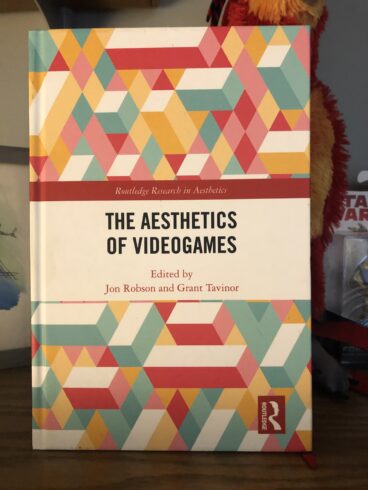
In the past decade, video games have risen to one of the most popular forms of entertainment. There problem-solving skills, quick thinking, design, and even storytelling have grown exponentially that scholars have turned their attention to a love they once had as a kid and something that became only a hobby in adulthood.
Amy Green is one of those people who video games were never approached as “serious” by those around her, so she went on to a PhD in literature. Her emphasis was on Shakespeare and the novels of Henry James. Yet, video games couldn’t be ignored “it was during the time in which I was a doctoral student that my love of video games began to become more of a central focus for me professionally” (1). Not only had times change in forms of entertainment with the invention of video games but the games themselves were changing. No longer were they the simplicity of Pac-Man or Galaga, but a game with a fleshed-out story and characters that have come to life. Green could no longer ignore the draw she had to games but was still afraid “that a leap into a narrative study of video games would be something akin to professional suicide, I remained on my relatively safe scholarly path for a bit longer, at least so far as publications and projects were concerned. Then BioShock Infinite was released in 2013 and it was clear to me that I could not ignore the powerful storytelling in this game, and in the many others I had played” (2).
In Storytelling in Video Games: The Art of the Digital Narrative, Green begins to look at the structure of design and play, as well as the compelling examples of story-telling and important cultural artefacts that are present in these games. Her hope is this book will appeal to the gamer as well as the academic to the enthusiast and the one who has never played a game before. After all, we are all trying to escape realism.
Call Number: 794.8 G795S

